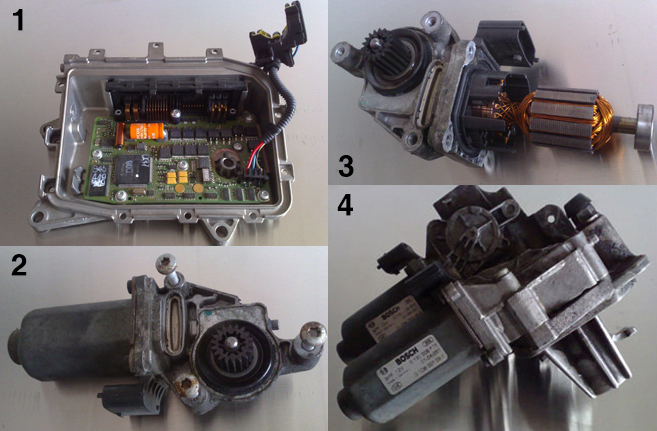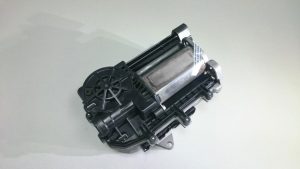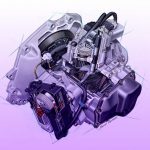ACtronics offers an insight into diagnosing the underlying causes of TCU faults on popular Vauxhall models.
As cars evolve and inevitably turn electric, they will more than likely come with automatic transmission. However, as we all know, this is not new technology and has been on vehicles for many years – dating back to at least the 1930s when it was featured on General Motors Hydra-Matic.
Moving onto modern vehicles, you will find most mainstream manufacturers will offer either a manual or automatic transmission for almost all models of vehicle, which has become commonplace.
When you look at the Transmission Control Unit (TCU) on vehicles, they change widely depending on the vehicle.
For example, on Vauxhalls you will find the Bosch Easytronic F13/5 TCU, along with the gear selector motors. This Bosch Easytronic TCU, which needs the gear selector motors to operate the changing of gears, is not a basic unit – it is quite complex knowing what to do and when to do it without damaging the clutch disc.
Although the car has a manual gearbox, this is driven by an automatic system, and a simple way to remember this is that the Easytronic unit is the component which houses the TCU and has the clutch control, while the gear selector has electronic motors controlling the gears. However, due to the nature of the area in which the unit is situated, it suffers from huge fluctuations in temperature as a result of constant vibrations from the engine, which cause faults within the unit.

It can often be the case that, when a fault is believed to be in the TCU, there is actually an external issue and fault. Best practice is to check the clutch and pressure plate to see if there is any wear on either of them. In some instances, a hydraulic fluid flush and change has been known to cure faults within the gearbox area, simply because this is often overlooked during servicing and maintenance. Finally, a more common cause is a damaged or faulty crankshaft sensor and it has been found that replacing the sensor with a genuine part can fix some faults.
When the Bosch Easytronic or the selector motors are faulty, you are most commonly going to see the following faults:
P1607 – Clutch Position Control Error
P1609 – Clutch Actuator Position Sensor
P1700 – Transmission Indeterminate Failure
P1728 – Shift Motor Mechanical Malfunction
P1729 – Shift Motor Electrical Malfunction
P1730 – Gear Control Malfunction
P1740 – Gearbox Actuator Malfunction
As well as having starting issues, the vehicle may also exhibit poor gear changing, with an ‘F’ showing on the instrument cluster. As with all the units that ACtronics receives, we will always test the unit to find the fault and not guess, as we would need to find the fault to be able to remanufacture it.
More commonly when these units are faulty, the brushes both inside the Easytronic and gear selectors get worn and need replacing, and joints on the PCB need to be fully remanufactured after drying and cracking, due to the temperature fluctuations in the area where the unit is on the vehicle.
We will always request that we have both the Easytronic and gear selector motors, even if there are no faults in one or the other, as well as the wiring loom between the two. This is because we often see that if one is faulty, it puts unnecessary strain on the other, which in turn causes it to malfunction as well.
When sending the Easytronic unit back to customers, we remove the plastic hydraulic pump from the unit, because we have found that this becomes damaged during transit. There are instructions added to the unit when sending it back, detailing how to fit it correctly – if this is not done correctly, it will not re-learn the parameters and will fail to work properly.
These Easytronic units are found on a few different Vauxhall models, but they typically come in from the Corsa C & D and Astra H.










